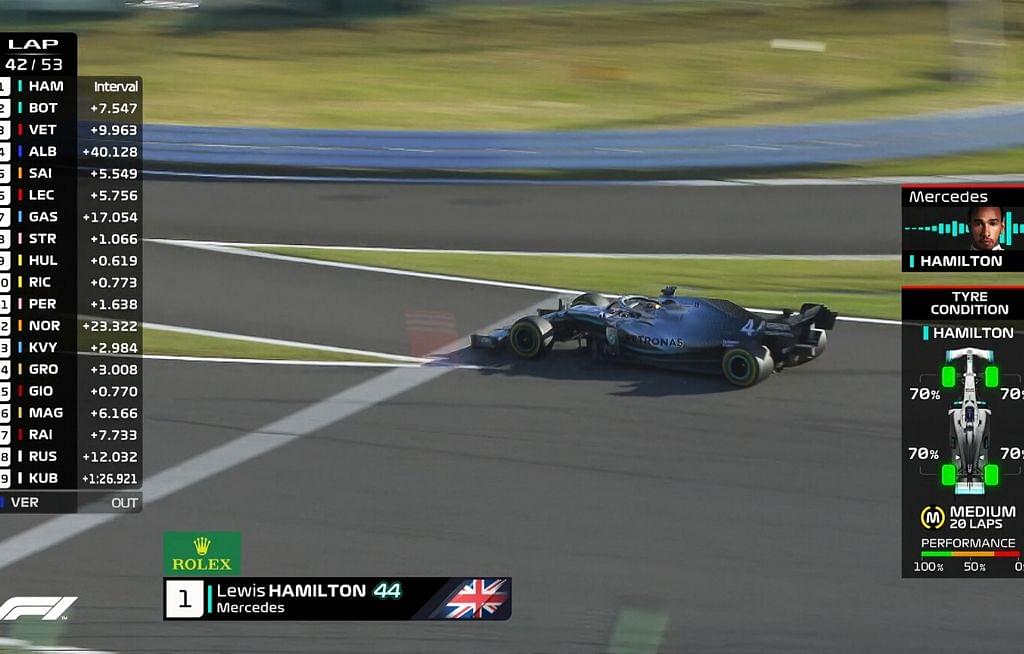So, I was watching this F1 race the other day, right? And I kept hearing the commentators talk about the “interval” between the cars. I mean, I get that it’s the time difference, but I wanted to really understand what it meant in the context of the race. So, I did what any normal person would do – I dove deep into the internet to find out.
I started with a simple search, just to get the basic idea. Turns out, the interval in F1 is basically the time gap between two cars. It’s measured in seconds, and they are super precise about it, down to one ten-thousandth of a second! They use these timing loops on the track. When the first car passes the loop, a timer starts, and it stops when the next car passes the same spot. That’s your interval right there.

But, I didn’t stop there. I thought to myself, “There’s gotta be more to it than just knowing the time difference.” So, I kept digging. And what I found is that these intervals are super important for the race strategy and all that stuff. Like, the drivers and the teams use this information to figure out when to pit, how to overtake, and how to defend their position. It’s not just some random number; it’s like a crucial piece of the puzzle.
Then I got to thinking about how this applies to regular driving, you know, when I’m on the road. And it hit me that it’s kinda like the “following distance” we’re supposed to keep between our car and the one in front. It’s all about keeping a safe distance, which is important, to avoid accidents and stuff. The idea is the same, but it is more important in F1, the cars drive too fast, you know?
And it’s not just about racing or driving. This whole interval thing reminded me of car maintenance schedules. You know how they tell you to service your car after a certain number of miles or days? That’s also an interval, but in this case, it’s about keeping your car in good shape. It is related to the number of days and odometer readings.
So, after all this, I realized that intervals are everywhere, not just in F1. They’re in everyday driving, car maintenance, and probably a bunch of other stuff I haven’t even thought of. It’s like this fundamental concept of measuring the gap or difference between things, whether it’s cars on a track or time between services. I should say it is a pretty cool thing to learn and think about.
I just wanted to share my little journey of discovery with you all. It’s amazing how much you can learn when you start digging into something that seems simple at first. Intervals are way more interesting than I thought!

























